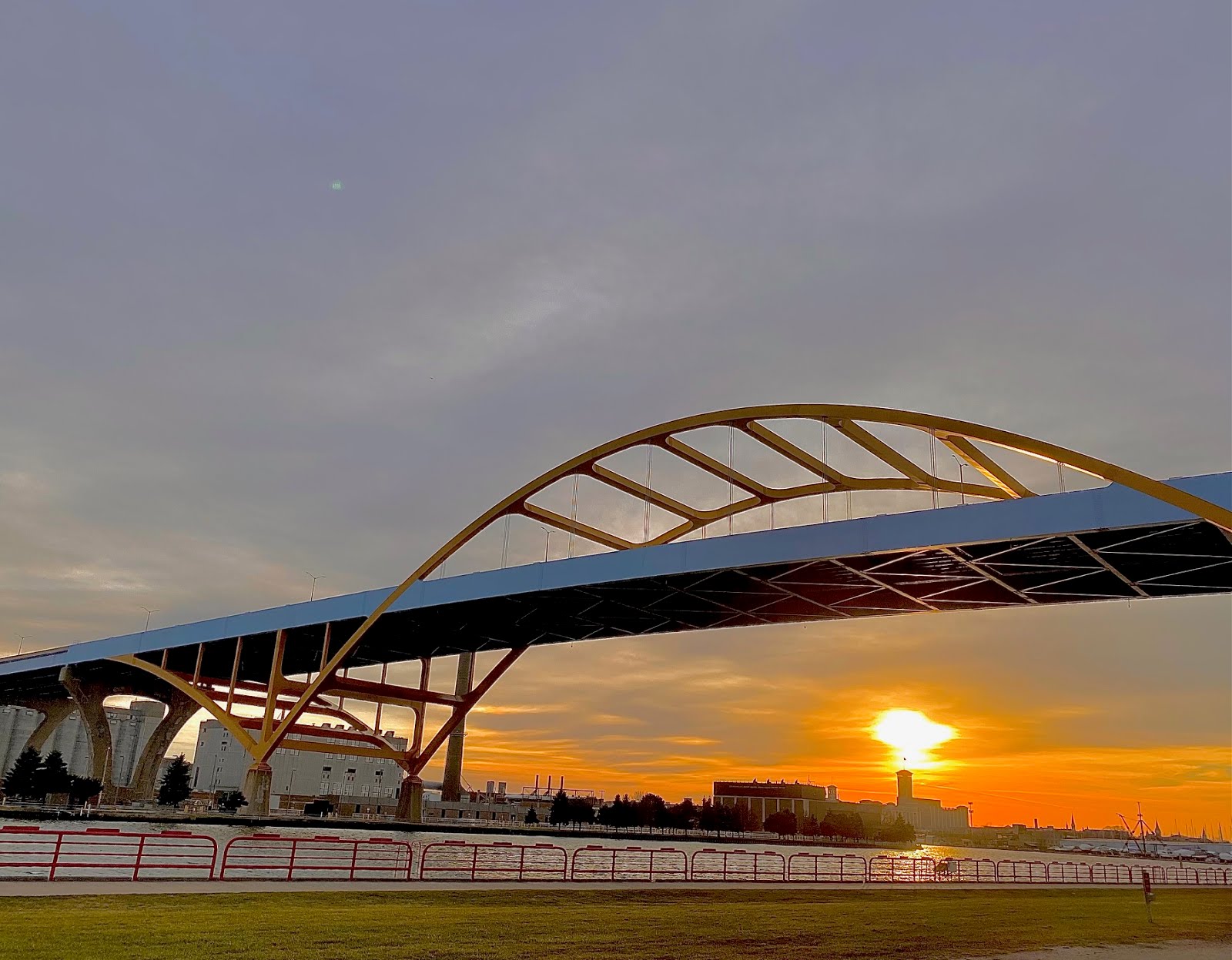The Road To Sprawlville, Chapter XVII, "Gas Station Blues"
This, the 17th chapter in an occassional blog series, "The Road To Sprawlville," originates with a story in The New York Times, where one of their western correspondents finds sprawl it in the Denver area - - and having driven through there in the spring of 2006, I can personally say the sprawl developments were jaw-dropping.
Of course, we've got our own Wisconsin examples close by, don't we?
Like Pabst Farms out on 1,500 acres of former farm and prized regional aquifer recharge land in Western Waukesha County.
And other developments throughout Waukesha and other surrounding counties, where homes and subdivisons seem to have fallen out of the sky.
The same goes for subdivisions far out in Dane County, from which commuters poke along on crowded highways to get to their jobs at the State Capitol or the UW-Madison campus.
With gasoline topping $4-a-gallon, Sprawlville is looking far less reasonable, affordable and sustainable than downtown condos or older urban neighborhoods, where you can walk to work, the coffee shop and a theater, too.
One of the silver linings in the gloom over high energy prices and housing woes is that cities will look more attractive, especially to first-time home-buyers.
Regrettably, planners at both the state and regional levels are still forging ahead with billions in new highway construction, while what the public needs is urban and commuter rail.
The executive director of the Southeastern Wisconsin Regional Planning Commission even suggested earlier this week that we keep this road-building binge flush with cash through toll collections.
My guess is that still won't save Sprawlville, but will take more money out of motorists pockets.









2 comments:
Aoparently, there is a June 30th deadline for applications -- for up to $30 million! -- to the Federal Railroad Administration's Intercity Rail Program. This new program provides 50/50 matching funds to the states -- on a first-come, first-serve basis -- for upgrades and improvements, etc., needed to provide new passenger rail. I wonder if our local politicians are on top of this?
I sure hope we are not missing yet another opportunity to fund local rail!
For more info, please see: http://www.progressive railroading.com/news/article.asp?id=16902 (as well as the FRA website).
Federal matching funds was a topic that came up in an interview with the president of the CTA on this evening's broadcast of Chicago Tonight. The state of Illinois didn't contribute so gets no matching funds.
Going back to the discussions about Janesville a couple weeks back, the president said that CTA's system is rather old. A recommended lifetime for a bus is 12 years; CTA has some 19 year old buses. Some of their rail cars are 40 years old. I always suspected that; the tracks and cars look the same as I remember from long ago, only more rusted and run down.
CTA budgeted 2008 at $2.60/gal for diesel so have come up short. Rather than raise fair, they are making administrative cuts.
There are jobs to be made here in both rail and buses, but it's not happening. In fact, going the other direction. Just doesn't make sense, policy-wise.
At least the CTA president was in Washington lobbying for money from the transportation bill.
Post a Comment